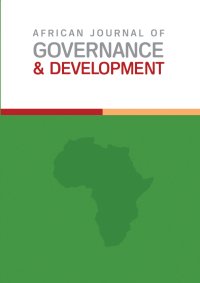Evaluating the Development Impact of Fadama III project on Smallholder Farmers: Empirical Evidence from Ebonyi State, Nigeria.
Main Article Content
Abstract
According to the World Bank, Nigeria has over 100 million people living below the US$1.90 poverty line. Most of these poor people are rural smallholder farmers. Fadama III project is an ongoing agricultural intervention aimed at alleviating poverty and food insecurity
amongst smallholder farmers in Nigeria. The success of this project is important for achieving SDG 1 (no poverty) and SDG 2 (zero hunger) in Nigeria, yet little is known about the developmental impact of this project on smallholder farmers. It is against this
background that this study evaluated the development impact of the Fadama III project on the food security, income, and crop yield of smallholder farmers. The study used a quasiexperimental design and propensity score matching to analyze primary data collected from 300 farmers. Data was collected using a questionnaire survey and farmers were sampled using the multistage random sampling technique. The results show that Fadama III reduces food insecurity by 1.3 points on the household hunger scale and increases farmers' income by ₦342553 (local currency) and their crop yield by 1.2 tons per hectare. The study concluded that Fadama III project is successful in contributing to the achievement of SDG 1 and SDG 2 in Nigeria
Article Details

This work is licensed under a Creative Commons Attribution-NonCommercial-NoDerivatives 4.0 International License.
